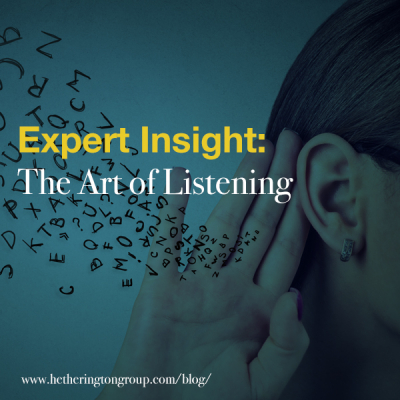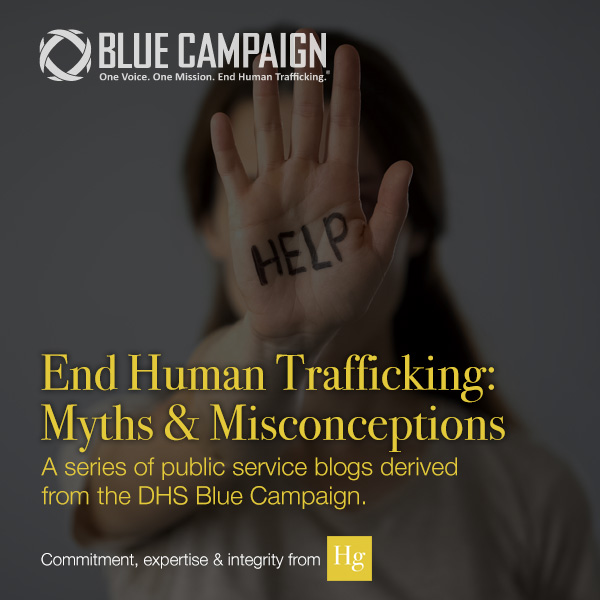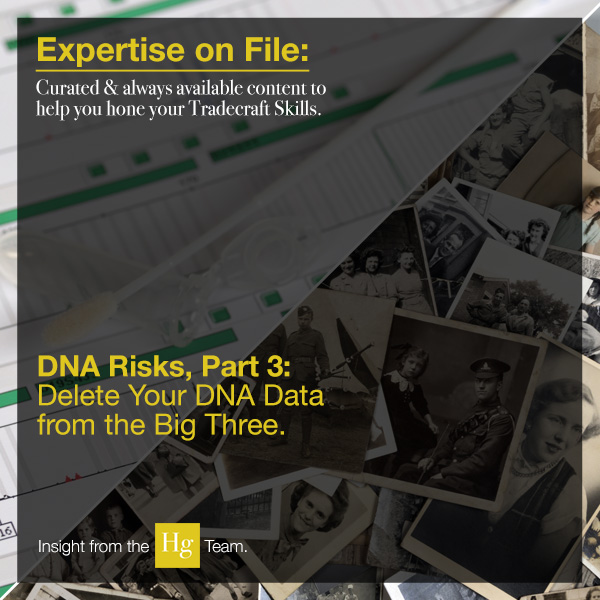 By William Majeski, LPI, Senior Advisor
By William Majeski, LPI, Senior Advisor
Is listening easy? We do it all the time, so it should be. However, listening is so natural that we don’t always hear what is being said. We just kind of hear the words. Picture yourself sitting at home and your significant other starts telling you about their day. How much will you remember the next morning? Now picture yourself in a crowded restaurant and the person at the next table begins to talk about a new, hot stock which is about to quadruple. I bet you will find yourself leaning ever so slightly towards that table, your heart rate will increase, your blood will flow a little faster, your eyes will open wider, and your body temperature will rise slightly. You’re using energy to listen intently because you want to get the name of that stock.
There are physiological and physical manifestations which occur when we hear something we deem to be important. Our mental attitude adjusts to absorb what is being said. There are good listeners, casual listeners, and bad listeners. Most people are casual listeners who have developed the habit of tuning out much of the information being disseminated. They have relinquished their ability to listen intently. If you do not concentrate, you will not hear; if you do not hear, you will not know; and without knowledge, you cannot understand.
You can train yourself to be a good listener by using what I call the Funnel Effect. Picture an imaginary funnel—normally we listen through the wide end. But to listen intently you must listen through the narrow end. Your goal is not only to absorb what you hear, but also to comprehend it more fully. The technique can be perfected if you make a conscious effort to concentrate on what you are hearing. When you learn to intently listen to the spoken word, you’re halfway to becoming a good listener.
Words are the conscious part of a person’s message. Words are often chosen for their effect, and they are relatively easy to control. Be mindful that there are also a wide range of unconscious “Sound Signals” that are an integral part of the communication process. A sampling of these Sound Signals would be: Change in rate or rhythm, change in tone, change in pitch, cracking voice, sudden stammer or stutter, slurring, grunt, groan, moan, gasp, gulp, snort, sniff, hum, whistle, teeth grinding, hesitation, pause, and silence. Other signals are word choice, word sequence, over-persuasion, and Freudian slips. Sound Signals are as important as words because sounds are nearly always unconscious and, therefore, uncontrolled. Remember, m instinctive unrehearsed sound is more telling than the prepared, well-formulated phrase. Just as you learn to absorb words using die “Funnel Effect”, you can learn to absorb “Sound Signals.” When you listen through the narrow end of the funnel, the inconsistency of a Sound Signal becomes more pronounced.
Using the Funnel Effect takes some practice. I found that one of the best ways to practice identifying the interplay of words and Sound Signals is over the telephone. It is easy to limit distractions and you can intensify your concentration by simply closing your eyes. Many people view a telephone as a shielding device. They believe that facial expressions and body movements are not factors. But, if you are listening intently, your mind’s eye will “see” the smile, frown, or scowl. You will “see” the body action. Be a good listener, intensify your conscious level of concentration. The results will be positive. You’ll probably be a little tired for the effort because good listening is hard work.
 Mr. William Majeski has been Senior Advisor and lead investigator on complex litigation matters to the Hetherington Group since 1998. A 21-year veteran of the New York City Police Department, Mr. Majeski provides security and investigative services to corporate, business, legal, and private clients. He has conducted thousands of interviews, polygraphs, and interrogations in his career. He is considered an expert on the subjects of communication and attentive listening.
Mr. William Majeski has been Senior Advisor and lead investigator on complex litigation matters to the Hetherington Group since 1998. A 21-year veteran of the New York City Police Department, Mr. Majeski provides security and investigative services to corporate, business, legal, and private clients. He has conducted thousands of interviews, polygraphs, and interrogations in his career. He is considered an expert on the subjects of communication and attentive listening.



